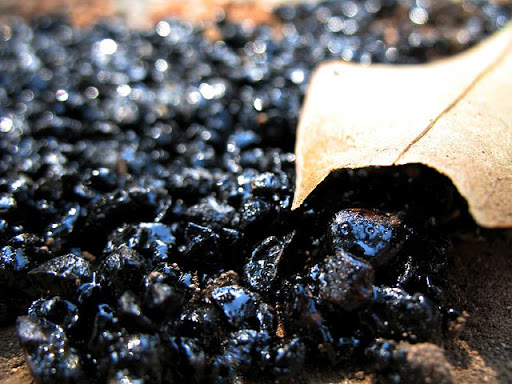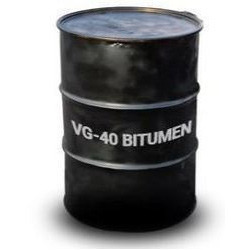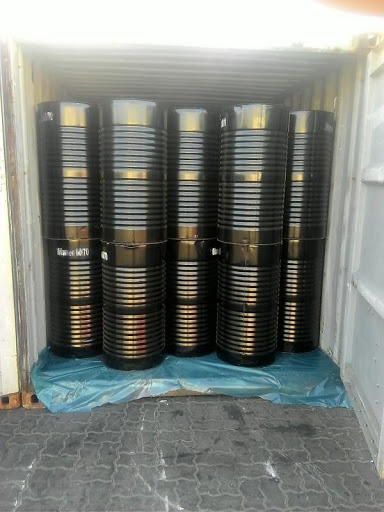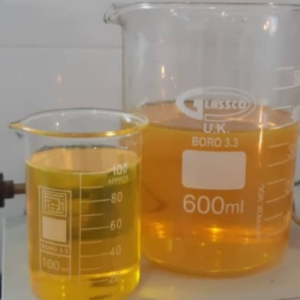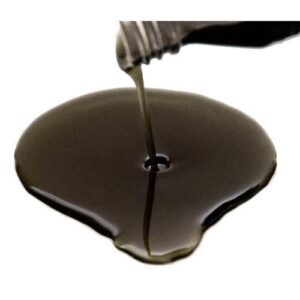Description
Based on the generation source bitumen can be classified into three categories: natural, petroleum asphalts, coal tar pitches:
Natural bitumens or native asphalts are a class of bitumens which have been naturally produced due to climate conditions in the course of time, and are used without the need to be processed in distillation ways; they are very varied regarding their composition and properties.
Coal tar Pitches are hard black substances which are formed as the result of coal tar distillation. Their new broken surface is shiny and when they are heated they , along with fast decrease in viscosity, melt and their melting point depends on the production process.
Petroleum Asphalts/Bitumens are the bitumens which are derived from petroleum .These are solid and semi solid bitumens which are directly produced through distillation from petroleum or by additional operations such as air blowing. Compared with the other types, they are more commonly used and have more applications.
Types of Bitumen based on their applications
Based on their applications, bitumens can be divided into two groups:
road construction or thin bitumen
building bitumen (roof insulator) or hard bitumen
About 90% of the produced bitumen is used in road construction activities and 10% of it is used for insulation applications. The main part of bitumen is used in the road construction activities and by the municipalities for coating the streets. Road construction bitumen is usually classified according to its penetration. The penetration rate of bitumen material represents its strength and hardness which is defined as the number of penetration unit (one tenth millimeter) of one vertical standard needle in one bitumen sample, in certain time and weight on the needle and temperature. The penetration rate of bitumen is usually measured 25 degree centigrade with 100 gram weight and in 5 seconds. Road construction bitumens made in Iran are “60 to 70” and ’85 to 100”. The numbers represent the range of bitumen penetration rate. Bitumen is hydrocarbon substance which is black to dark brown and quite solvable in carbon sulfur. It is solid in normal environment temperature but in increased temperature it first becomes paste and then liquid. It has two important properties, impenetrable against water and adhesiveness which makes it an important material for application.


